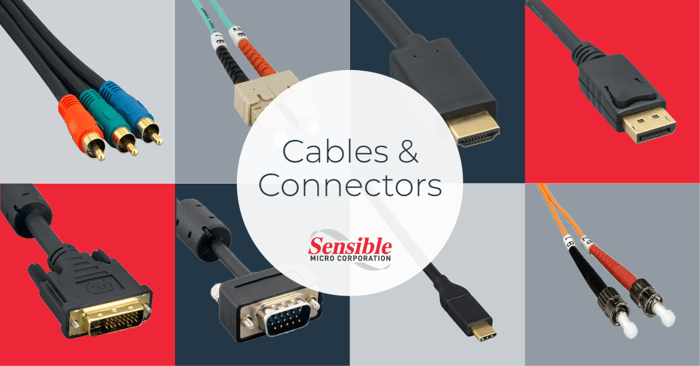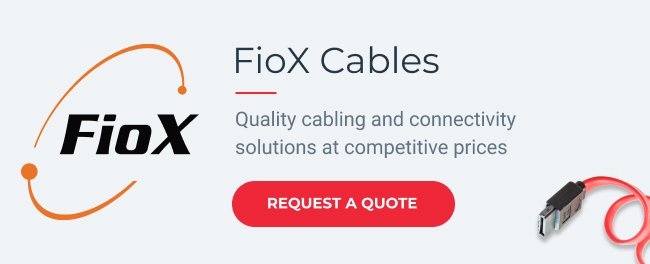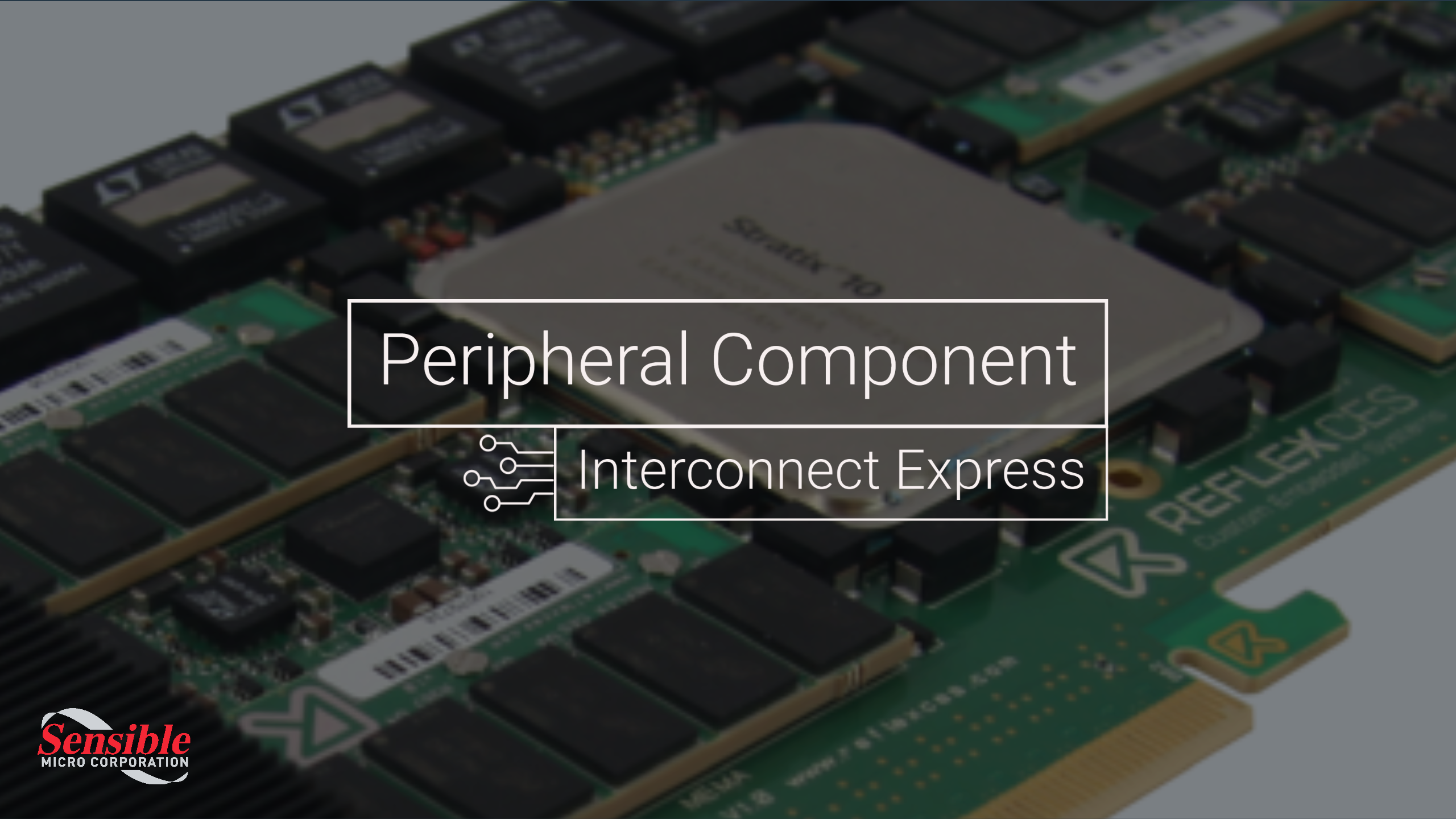When it comes to electronic device manufacturing, cables and connectors are some of the most commonly used components. In this post, we highlight current market forecasts and cover some basics of electronic cabling and connectivity solutions.
About:
In electronic or electrical systems, a cable refers to a conductor or group of conductors used for transmitting power or telecommunications signals from one place to another. Power or electrical signals are transmitted through either a metal, such as aluminum or copper, or, flexible fibres of glass or plastic. Cables are often designed into devices or created with a specific end-use in mind and there is a wide variety in the types of electronics cabling.
Connectors are used where wire lines need to be attached or disconnected. Just like cables, connectors are used in a lot of electronic equipment. This is because they allow for a huge amount of flexibility. For example, if once a printed circuit board is assembled, it can be easily and quickly connected into any system or unit because of the connectors used.
Cables vs Wires:
Though the words wire and cable are often used interchangeably and have similarities, they are actually not the same thing. Wires are used to form cables. Wires have a single conductor that is either stranded or solid and is usually either copper or aluminium. Electrical cables are comprised of multiple conductors in insulated sheaths. Though the conductors in both wires and cables are insulated, it’s the insulated sheath that makes the difference. Multiple conductors with no insulation around them are technically classified as a single conductor, making it a wire.
Market Forecast:
Connectors and cables are commonly lumped together and operate in the same market. The global market for electronic cables and connectors has been steadily growing over the last four years and is expected to continue to grow at a similar pace through 2022. The market is forecast to garner roughly $125B by 2022, resulting in a CAGR of 11.1%.
As electronics become more widespread and require more power, the demand for consistent and reliable connectivity solutions has increased and contributed to the growth of the cables and connector market. Connectors are so widely used in the electrical industry, with millions being manufactured on a weekly basis. Cables like HDMI, Fiber-optic and USB Type-C have mostly expanded over the past few years because of their higher-bandwidth capabilities and low signal loss data streams.
Types:
There are many different types of cables, with each designed for an intended purpose or for a specific application. Some of the the most common types are:
- Power cable or cords: Power cables transmit electrical signals at higher voltages and amperages
- Fiber-optic cables: Fiber-optic cables are unlike traditional cables because they don’t carry electrical signals. Rather, this type of cable is used to carry light. These cables act as a pipe, reflecting light along the inside of the pipe through glass fibers.
- USB & Lightning cables: Universal Serial Bus, USB, cables connect peripheral devices like computer printers, external drives,or phones to PCs, power and other devices. Lightning cables are similar to USB but were designed specifically to newer Apple devices. Both connect devices for charging and syncing purposes.
- Audio & Video cables: The soul purpose of audio and visual cables is to transmit both audio and video signals to a device. HDMI cables are a popular choice of AV cable, as they efficiently pass limited control signals, video and audio signals. HDMI cables are the primary way to connect devices to a TV or display. DVI cables are another popular choice of AV cable because of their high-speed digital connection for visual data.
Additionally, some cables are identified by their specific function- think jumper cables- and if a cable is described as ‘heavy-duty’, it usually means that the cable has a greater ampacity. There are also a wide range of connectors. The kind of connector needed depends on the type of cable being used and the device it's being connected to.
Industry Applications:
Cables and connectors are used in a menagerie of products in almost every electronic industry segment. Some industries that heavily use these items are, but not limited to:
- Consumer/ commercial goods
- Computer hardware
- Energy
- Power
- Telecommunications & Networking
- Aerospace & Defense
FioX & Sourcing:
FioX is Sensible Micro’s private label brand of high-quality computer cabling and connectivity solutions that are NEMA, UL and ROHS certified. The cables are manufactured to the highest quality standards in ISO-accredited facilities in Asia but stocked in the United States. By stocking products in the United States, Sensible Micro customers in need of cabling can receive their desired products quickly. With FioX, Sensible Micro is able to offer customers cabling solutions at competitive prices, lower minimum order quantities and can set up customized stocking and scheduling packages.
Additionally, Sensible Micro has a reliable network of suppliers and can source a wide variety of electronic components, including all types of cables, connectors and even wire harnesses. Schedule a call with one of our sourcing experts today to discuss any of your cable or connector needs!
Stay on top of the latest developments in the industry and in our community by subscribing to the Sensible Micro blog.



















